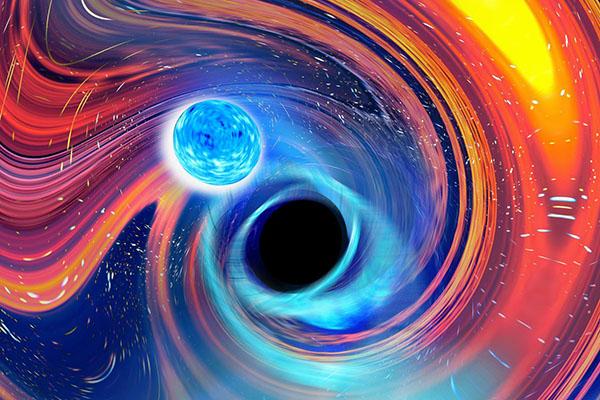
Binary Evolution: a Multi-messenger, Multi-band Puzzle
Recent observations of binary black hole and binary neutron star mergers have ignited interest in the formation and evolution of compact-object binaries. One of the most pressing questions is determining the formation environments of these systems which couple strongly to their population characteristics. However, by the time a compact-object binary merges and produces the gravitational-wave signals observed by ground-based detectors, much of the evolutionary history of the system is washed away. By combining binary population synthesis simulations with gravitational-wave and electromagnetic observations, we can constrain uncertain processes that govern the evolution of binary stars from their birth through to compact object formation and merger. In this talk, I will highlight recent work which explores ways to combine binary population simulations with current and future data from gravitational-wave and electromagnetic surveys to constrain the formation and evolution of binary stars and compact object binaries.
Speaker: Katie Breivik, Flatiron Institute
Image Credit: Artist's view of a black hole–neutron star merger. Credit: Carl Knox, OzGrav–Swinburne University
